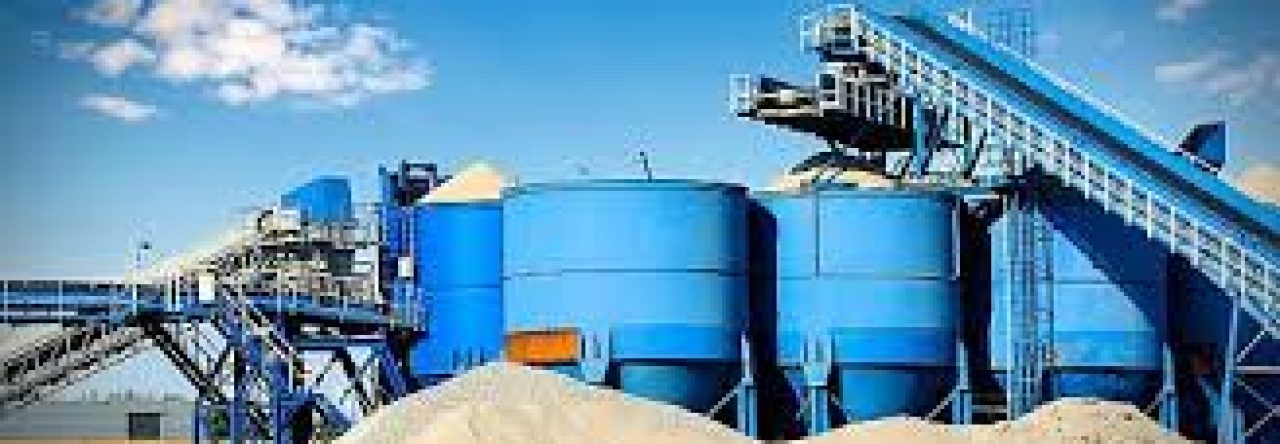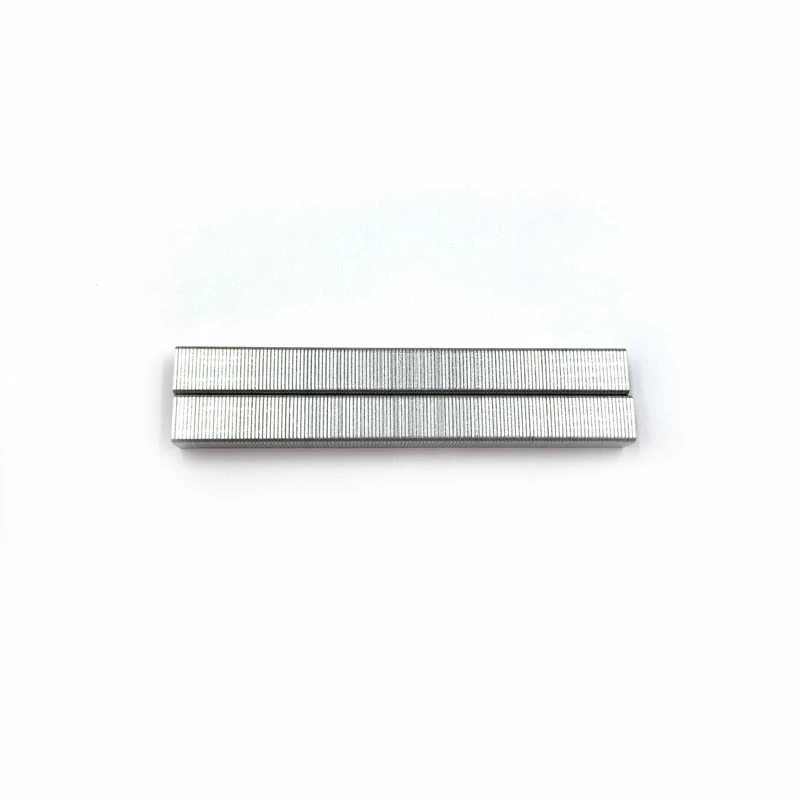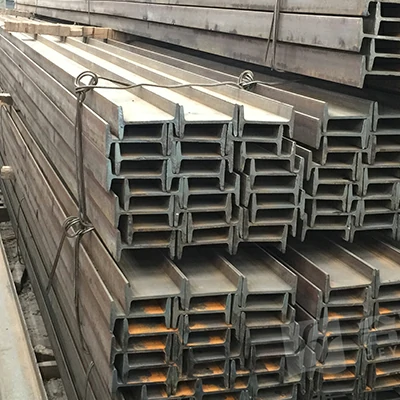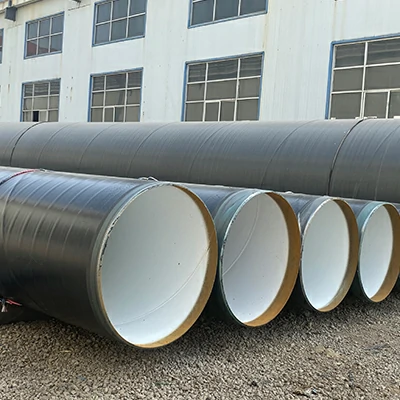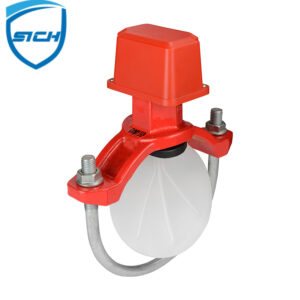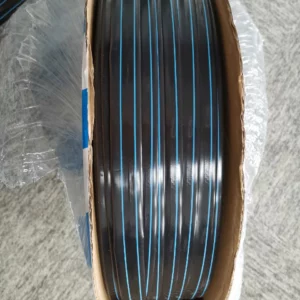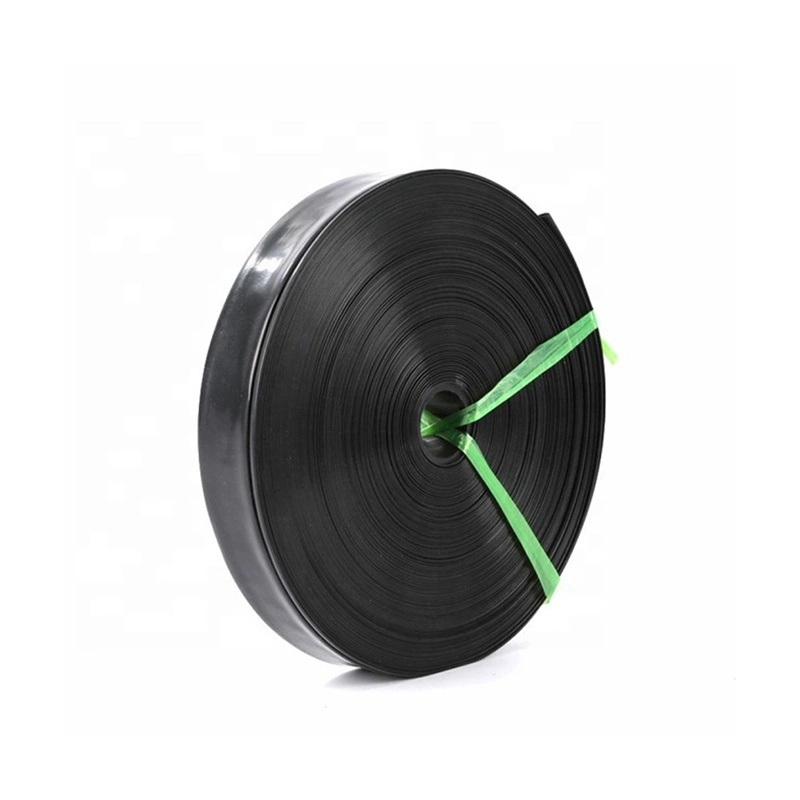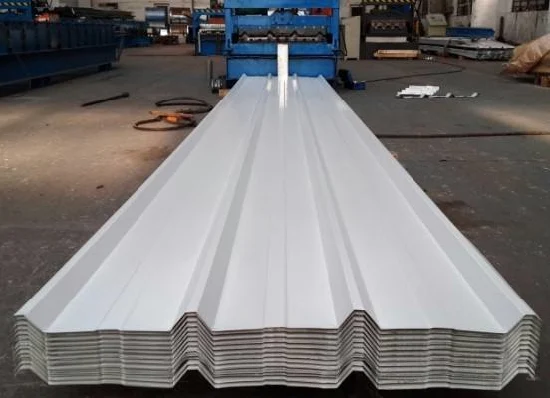Optimizing a multi-channel peristaltic pump for a specific application involves several key steps to ensure efficient and reliable performance.
Here’s a guide on how to optimize a multi-channel peristaltic pump:
- Understand the Application Requirements: Begin by thoroughly understanding the requirements and specifications of the application for which the pump will be used. Consider factors such as the desired flow rates, fluid properties, pumping conditions, and system constraints.
- Select the Right Pump Configuration: Choose a multi-channel peristaltic pump with a configuration that meets the requirements of the application. Consider factors such as the number of channels needed, the pump’s flow rate range, tubing material compatibility, and any additional features or accessories required.
- Choose Suitable Tubing: Select tubing that is compatible with the fluid being pumped and the operating conditions of the application. Consider factors such as tubing material, size, wall thickness, and flexibility. Choose tubing with appropriate chemical resistance, temperature tolerance, and durability to ensure reliable performance.
- Optimize Tubing Configuration: Configure the tubing layout and arrangement within the pump head to maximize efficiency and minimize interference between channels. Optimize tubing routing to reduce friction, minimize dead volumes, and ensure uniform flow distribution across all channels.
- Calibrate Pump Parameters: Calibrate the pump parameters, including motor speed, tubing compression force, and tubing diameter settings, to achieve the desired flow rates and pumping accuracy for each channel. Use calibration methods such as gravimetric measurement, multi channel peristaltic pump flow meter verification, or comparative calibration to ensure accurate performance.
- Test and Validate Performance: Conduct thorough testing and validation of the pump’s performance under actual operating conditions. Verify flow rates, accuracy, repeatability, and stability across all channels. Identify any deviations or inconsistencies and make adjustments as needed to optimize performance.
- Implement Control and Monitoring Systems: Incorporate control and monitoring systems, such as flow sensors, pressure sensors, or flow meters, to provide real-time feedback and ensure precise control of the pump operation. Implement automated control algorithms or feedback loops to adjust pump parameters and optimize performance based on system requirements.
- Optimize Pump Operation Parameters: Fine-tune pump operation parameters, such as motor speed, acceleration, deceleration, and tubing compression force, to optimize performance for the specific application. Experiment with different settings to find the optimal balance between flow rate, accuracy, and efficiency.
- Consider System Integration: Integrate the multi-channel peristaltic pump into the overall system architecture, including fluid handling systems, control systems, and data acquisition systems. Ensure compatibility and seamless communication between the pump and other components to optimize system performance and functionality.
- Perform Regular Maintenance: Establish a routine maintenance schedule to inspect, clean, and maintain the pump and associated components. Replace worn or damaged tubing, check for leaks or blockages, and perform preventive maintenance tasks to ensure long-term reliability and performance optimization.
By following these steps and considering the specific requirements of the application, you can effectively optimize a multi-channel peristaltic pump for reliable and efficient operation. It’s essential to continuously monitor and adjust pump parameters as needed to maintain optimal performance and address any changes or challenges in the application environment.

